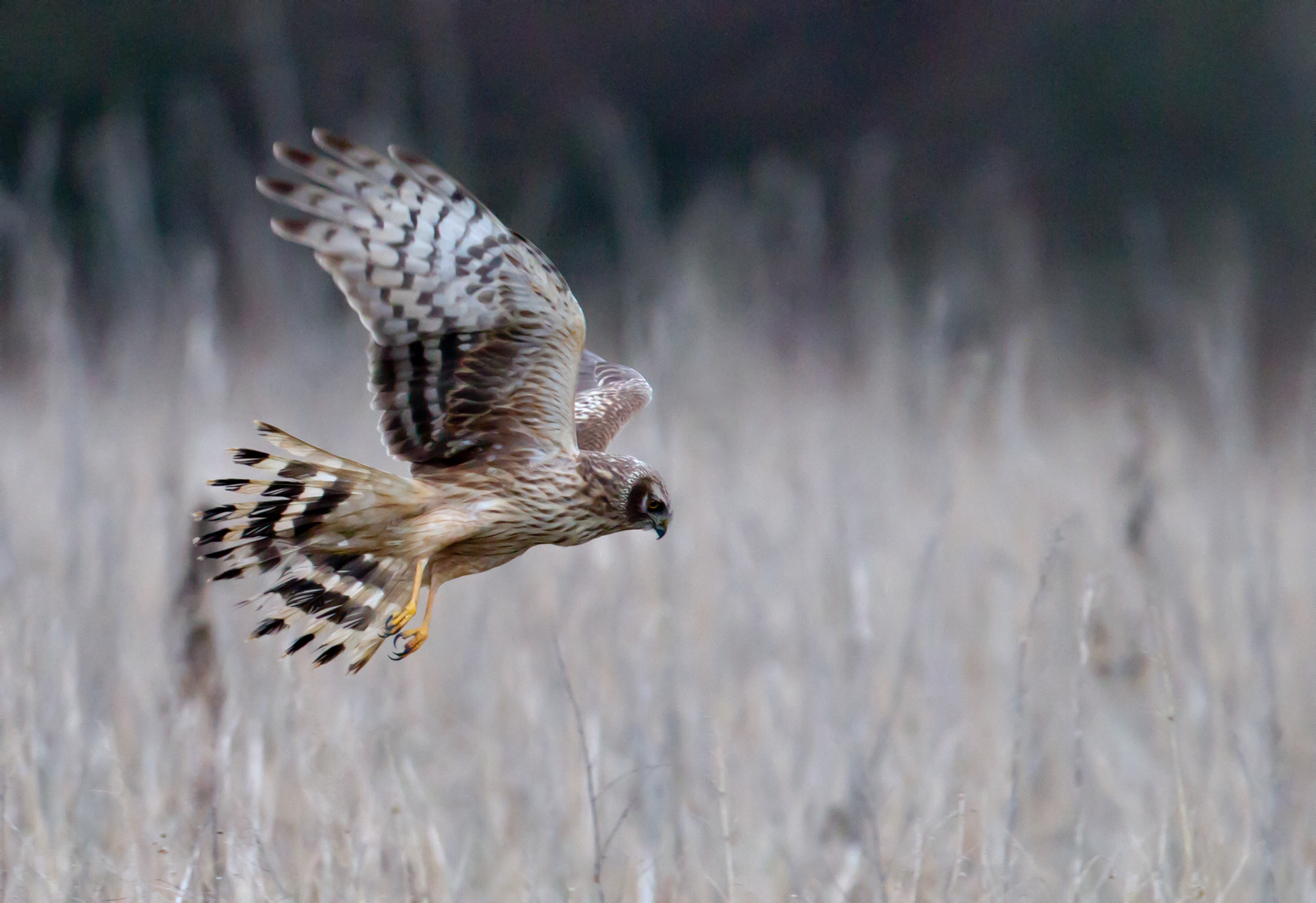The Hen Harrier Threat Response Plan (HHTRP) is a litmus test for how the Government plans and implements the Nature Restoration Law, according to the Environmental Pillar, Ireland’s environmental NGO advocacy coalition.
In a letter to Minister Malcolm Noonan, the Environmental Pillar reiterated its call for a strong, effective, clear and measurable plan to halt the losses, and to restore Hen Harrier populations and safeguard the iconic bird’s future.
The HHTRP, which was recently adopted by the cabinet following a public consultation earlier this year, has yet to be made public.
All previous draft HHTRP’s have been insufficiently ambitious and targeted enough to set the species on the way to recovery, it said. Ensuring that the HHTRP is fully aligned with the ambition, targets and timelines of the Nature Restoration Law (NRL) will not only assist the recovery of one of Ireland’s most iconic and threatened species, it will also assist the design of Ireland’s National Restoration Plan.
In particular, the HHTRP must be fully aligned with the legal obligations within Article 4 of the NRL, which include:
- Targets and timelines should be adopted to improve to good condition areas of Annex I habitat types which are not in good condition, at least 30 % by 2030, 60 % by 2040 and 90 % by 2050; prioritising the Natura 2000 network as appropriate to 2030.
- Restoration measures must be put in place to re-establish Annex I habitat types with the aim to reach their favourable reference area.
- Additional restoration measures must be put in place to improve the quality and quantity of Hen harrier habitats, including re-establishing them, and to enhance connectivity, until sufficient quality and quantity of those habitats is achieved.
- Habitat restoration measures shall consider the need for improved connectivity between Annex I Hen harrier habitat types considering the ecological requirements of the species.
Committing public lands for nature restoration and conservation will be key in delivering a national plan for nature restoration, according to the Environmental Pillar.
Restoration of afforested peatlands within Coillte’s land holding would deliver significant benefits for upland biodiversity including Hen harrier, water quality and climate; simultaneously delivering on the obligations of the HHTRP, the Climate Action Plan and the National Land Use Review, it said.
Fintan Kelly, Agriculture and Land Use Policy and Advocacy Officer with the Environmental Pillar, said: “We still eagerly await the government’s review of the remits of Coillte and Bord Na Móna which were committed within the Programme for Government. Reforming the outdated commercial mandates of these public bodies is a rational first step to unlocking the potential of public land for nature, climate and community.
“If we are serious about protecting and restoring biodiversity, then putting in place a credible and workable plan to safeguard a threatened iconic species and restore the habitats it depends on is not only essential, but is also an important first step in wider nature restoration. This will be the litmus test for how the Government devises and implements nature restoration plans.”

